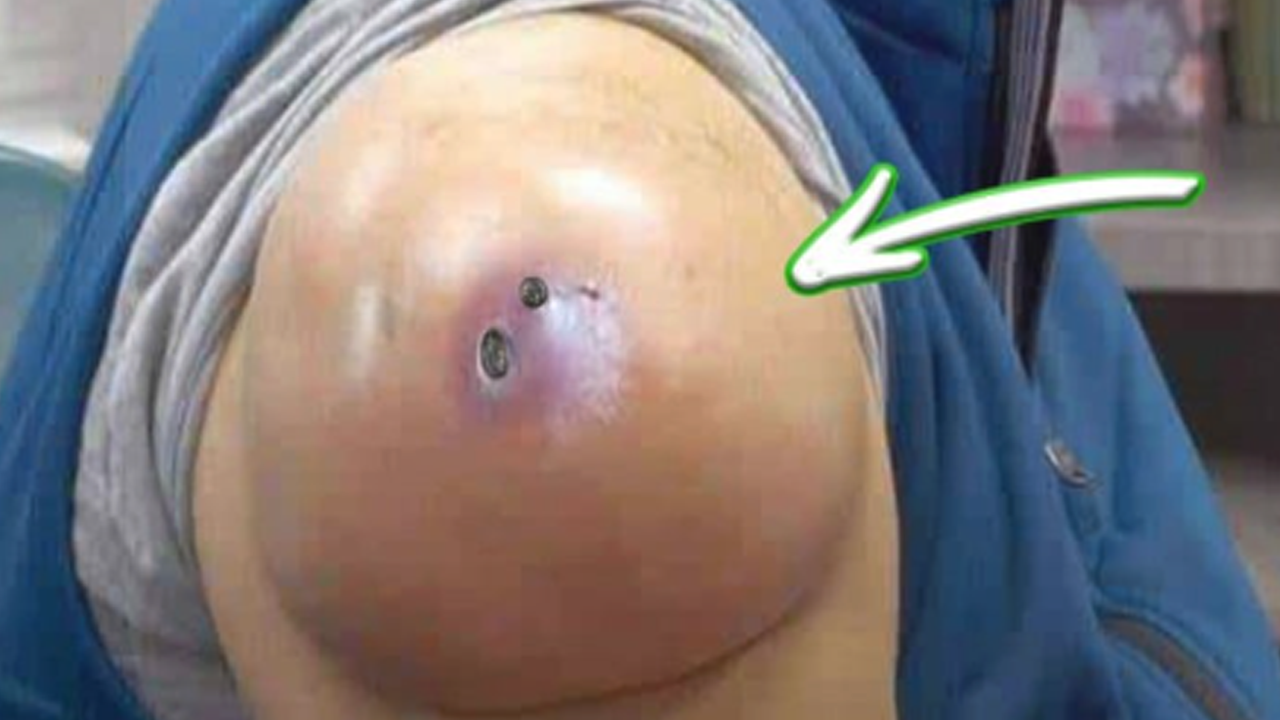Understanding Lipoma Removal: A Comprehensive Guide
Lipomas, those benign fatty lumps often found beneath the skin, are surprisingly common. While usually harmless, their size and location can sometimes warrant surgical removal. This detailed guide explores the entire process, from initial assessment to post-operative care, providing you with a comprehensive understanding of what to expect.
Pre-Surgery: Assessment and Diagnosis
Before considering lipoma removal, a thorough assessment is crucial. Your doctor will begin by carefully examining the lipoma, noting its size, location, and feel. This physical examination forms the foundation of the diagnosis.
Imaging Techniques: Seeing Beyond the Surface
For larger or deeply situated lipomas, imaging techniques become invaluable. Ultrasound, a non-invasive method, provides a clear picture of the lipoma’s size and depth. For more complex cases, or when the lipoma is near vital structures like nerves or blood vessels, MRI or CT scans offer higher resolution imaging to guide the surgical approach. These scans help the surgeon precisely determine the lipoma’s location and relationship with surrounding tissues.
Confirming the Diagnosis: Biopsy (When Necessary)
While lipomas are overwhelmingly benign, a biopsy might be recommended if there’s any uncertainty about its nature. This simple procedure involves taking a small tissue sample for laboratory analysis, definitively ruling out any malignancy.
The Surgical Procedure: A Step-by-Step Overview
Lipoma removal is a relatively common procedure, usually performed on an outpatient basis. Let’s delve into the surgical steps:
Anesthesia: Ensuring Comfort During the Procedure
The type of anesthesia used depends largely on the lipoma’s size and location. Most smaller lipomas are removed under local anesthesia, numbing the area without putting you to sleep. For larger or more complex cases, sedation or even general anesthesia might be employed to ensure your comfort and the surgeon’s ease of access.
Incision, Dissection, and Removal: Precision and Care
The surgeon will make an incision – the length depending on the lipoma’s size. Careful dissection then separates the lipoma from surrounding tissues like muscle or skin, a process that requires precision to minimize damage to neighboring structures. Larger lipomas might necessitate removal in sections to facilitate the process. Complete removal of the lipoma and its encapsulating membrane is essential to prevent recurrence.
Closing the Incision and Post-Operative Care
Following the removal, the incision is meticulously closed with sutures (stitches). Larger incisions may require multiple layers of stitches, ensuring proper wound closure. A sterile dressing is applied to protect the wound and promote healing.
Recovery and Potential Complications
Post-operative recovery varies depending on the lipoma’s size and the extent of the surgery. Minor discomfort is typical, often manageable with over-the-counter pain relievers. While infection is a potential complication (as with any surgery), it’s usually treatable with antibiotics. Scarring is possible, especially with larger incisions; however, modern surgical techniques minimize its visibility. Rarely, a lipoma might regrow if not completely excised during the initial procedure.
Managing Large Lipomas (Giant Lipomas): A Specialized Approach
Giant lipomas, exceeding 5 cm in diameter, present unique challenges. Removal might be more complex, potentially requiring specialized techniques for wound closure, such as skin grafts, to manage the larger incision. Pre-operative planning is crucial to address potential complications and ensure optimal outcomes.
Conclusion
Lipoma removal is a safe and effective procedure for addressing these common benign tumors. Understanding the process, from initial assessment to post-operative care, empowers you to make informed decisions and manage expectations. Always consult with your doctor to determine the best course of action for your specific situation.



